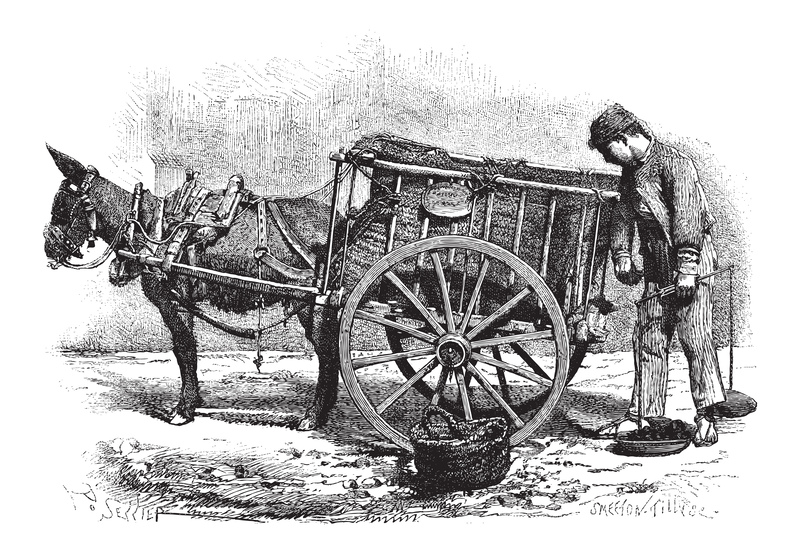As awareness of environmental issues continues to grow, many people are looking for sustainable home ideas to minimize their impact on the planet. Whether you're building a new house or updating your current living space, there are numerous ways to make your home more eco-friendly. This comprehensive guide will explore how you can integrate sustainable solutions and practices into your home, significantly reducing your carbon footprint.
Why Choose a Sustainable Home?
Before diving into the various ideas, it's important to understand the benefits of maintaining an eco-friendly home. Adopting sustainable practices leads to:
- Reduced energy consumption: Implementing energy-efficient technologies can decrease your home's energy usage.
- Lower utility bills: Using less water and energy means that you'll see a reduction in your monthly bills.
- Environmental impact: A sustainable home reduces the depletion of natural resources, supporting conservation efforts.
- Improved health: Sustainable homes use fewer chemicals and offer better air quality.

Energy-Efficient Appliances
The Power of Energy Star Products
One of the simplest ways to enhance your home's sustainability is by switching to Energy Star-certified appliances. These products are designed to consume less energy without sacrificing performance. From refrigerators and dishwashers to lighting and electronics, Energy Star products can drastically lower your energy use.
Smart Home Technology
Integrating smart technology into your home can further decrease energy consumption. Smart thermostats, for instance, learn your schedule and adjust the temperature accordingly, which can cut heating and cooling costs by approximately 10%. Additionally, smart plugs and lighting can be controlled remotely, ensuring that you only use electricity when necessary.
Sustainable Building Materials
Eco-Friendly Construction Materials
Choosing the right materials for renovations or new builds is crucial for a sustainable home. Opt for materials that are renewable, recycled, or reclaimed. Consider using bamboo or cork flooring over traditional hardwood due to their rapid renewable nature. Reclaimed wood can add character and warmth to your space without contributing to deforestation. Also, look into low-VOC (volatile organic compounds) paints and finishes to improve indoor air quality.
Insulation and Windows
Properly insulating your home is another critical step in enhancing its energy efficiency. High-quality, eco-friendly insulation materials like wool, cotton, or cellulose can save you money and reduce energy consumption. Additionally, installing double-glazed windows helps retain heat during the winter and defend against excessive heat in the summer, significantly lowering your heating and cooling needs.
Water-Saving Techniques
Implementing Low-Flow Fixtures
Water conservation is vital for an
Rainwater Harvesting Systems
Another innovative approach is a rainwater harvesting system. This system collects and stores rainwater for use in irrigation, flushing toilets, and even laundry. It's an excellent way to lessen your reliance on municipal water sources and embrace sustainability.
Waste Reduction
Composting
Composting is a natural way to manage waste and enrich your garden. A compost bin transforms kitchen scraps and yard waste into nutrient-rich soil. This process reduces the amount of waste sent to landfills, decreases landfill methane production, and provides organic fertilizer for your plants.
Recycling and Reusing
Practicing mindful recycling and reusing can greatly reduce the waste your home generates. Get creative and find new uses for items before discarding them--like turning glass jars into storage containers or using old t-shirts as cleaning rags. Familiarize yourself with your community's recycling program to ensure you're recycling correctly.

Eco-Friendly Landscaping
Native Planting
Designing a sustainable landscape begins with native plants. These species have adapted to your local climate and soil conditions, requiring less water, fertilizer, and pest control than non-native plants. Use native plants to improve biodiversity, support local wildlife, and create a resilient landscape.
Xeriscaping
Xeriscaping is a landscaping technique that reduces water usage by focusing on drought-resistant plants, efficient irrigation, and strategic design. This method minimizes the need for supplemental watering and ensures that your yard is resilient to drought conditions.
Conclusion: Making the Shift to a Sustainable Home
Transitioning to a sustainable home might seem daunting initially, but every small step makes a difference. By incorporating these home ideas, you can create a space that honors the environment, reduces your carbon footprint, and improves your quality of life. Sustainable living is not just a trend--it's a necessary change for the health of our planet and future generations. Embrace these tips and see the benefits they bring, both to your home and the broader world.